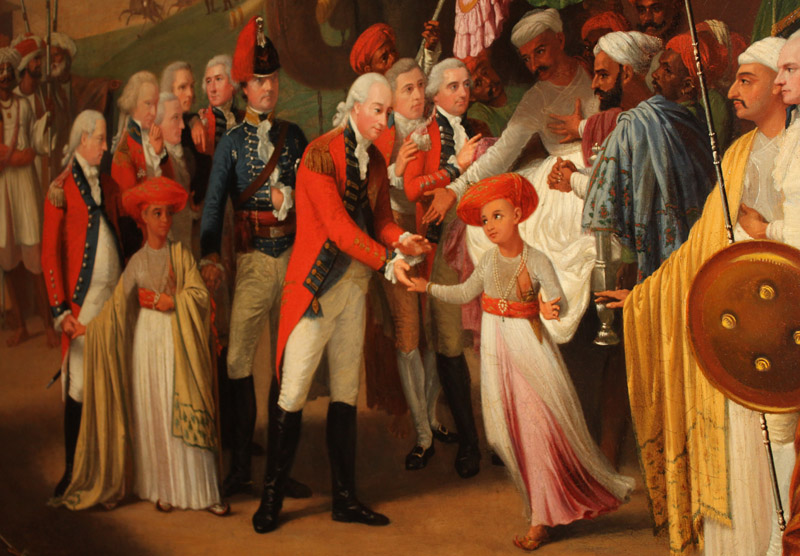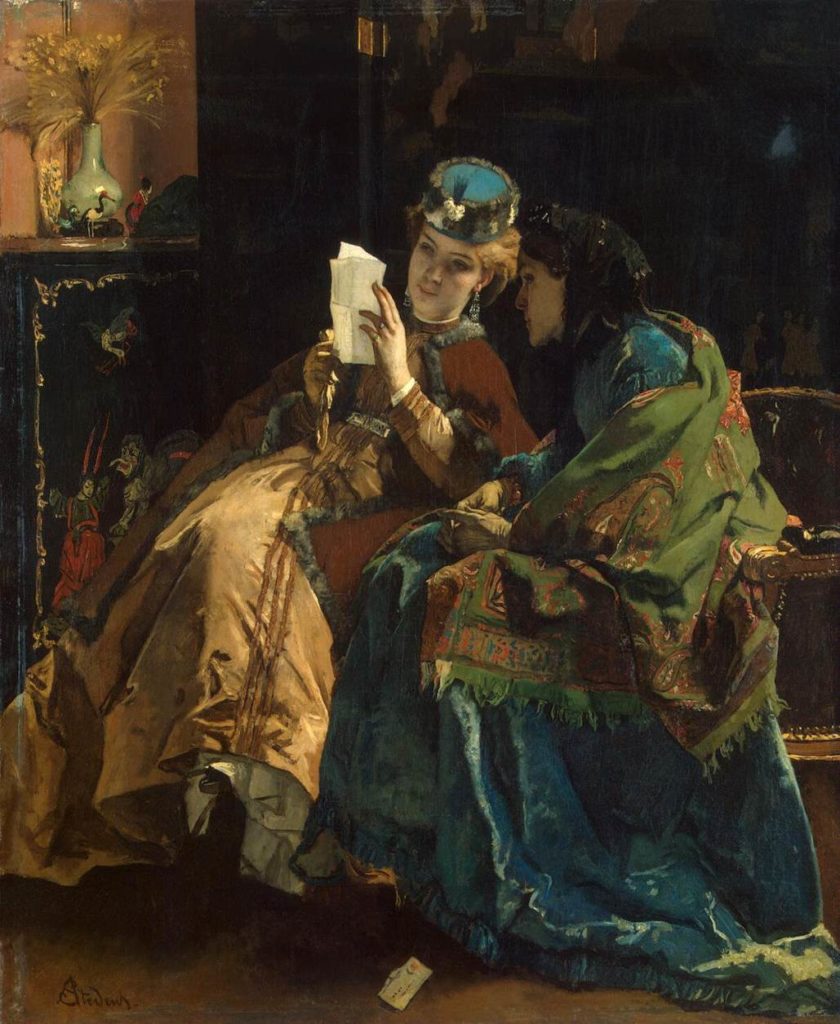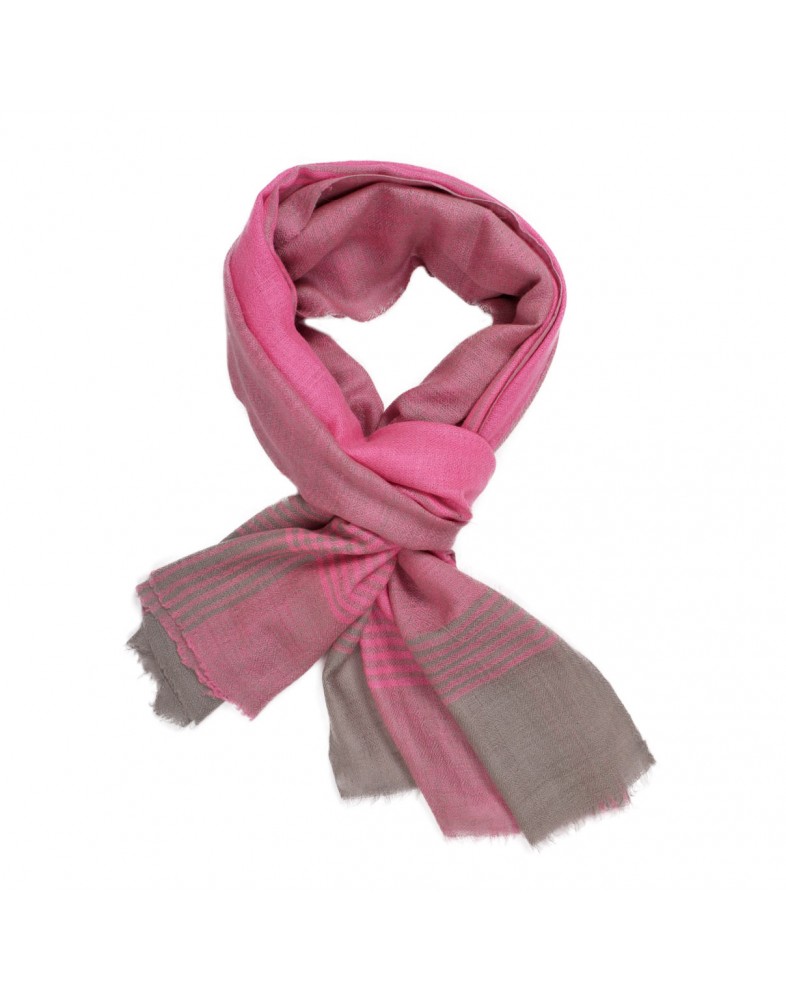
What is pashmina?
Pashmina and cashmere are two words for the same thing. Some urban legends say that pashmina is more luxurious than cashmere, but it is not true. In India and Nepal the word for, what we in the Western world know as cashmere, is pashmina. Unfortunately, the term pashmina has become a diluted concept in our part of the world, and often one can find scarves and stoles labeled as 100% pashmina sold for Rs 100 or less on the Internet or local markets, but in reality is made from other materials than wool – even synthetic fibres.
Pashmina – the fiber of kings
Pashmina, also known as fiber of kings or Golden Fleece, comes from remote places populated by people with an ancient culture, around which they have built an antique and constantly metamorphosing tradition.
Pashmina comes from the undercoat, or duvet, of the Capra Hircus, originating in the lonely and arduous highlands of Ladakh and Tibet. Nowadays the Pashmina / Cashmere region covers China, Mongolia, India, Pakistan, Afghanistan and Iran, where the Capra Hircus is bred at an altitude of at least 4000 meters. This extraordinary animal has managed to survive in inhospitable habitats, with freezing, windy winters, and hot, dry summers. This harsh environment is why it has developed an undercoat consisting of thousands of particularly fine, smooth, soft and warm fibers, which are concentrated in a small area, under the dense outer coat. Real Pashmina only comes from such fibers, which allow the Capra Hircus to resist temperatures of -40°C.
The undercoat grows until the days get shorter, and stop its growth when the days get longer. For this reason, Pashmina fibers are collected during the molting period, in the spring, when the goats naturally lose their hair. The complexity of the process, the small volume of material and the distance of the places of origin make the cost of this special, ancient natural fiber high.
It is estimated that only 200, 300 grams of duvet are normally acquired from each goat. Furthermore, this amount decreases during the fiber collection and refinement stages.
Weaving pattern
The weaving pattern is decisive for the appearance of the pashmina scarf. We have four different veawing patterns. Twill pattern with the classic diagonal rib, diamond pattern with the beautiful squares and the super simple basket weave where the cashmere threads are woven like a basket. Jacquard weave with the unique and beautiful patterns is a classic that is perfect for formal or wedding dress.
How to identify a genuine pashmina?
Genuine pashmina fabric is spun and woven by hand and not machines. Thus they are less homogeneous than fabric produced by machines, and normally the fringes are natural rather than braided. A pure pashmina shawl made from 100% cashmere will be in the same colour tone on both sides since it is not mixed from various types of fiber.
The cashmere/ Pashmina fiber is the best. However there are different qualities of Pashmina . The quality depends on the the length and thickness of the fibers. Long and thin fibers are rare, thus they are more expensive than shorter and thicker fibers.
A pashmina scarf made from 100% Pashmina refers to pure Pashmina wool not mixed with any other material. The average thickness of the fibers must be below 19 micrometer. 70% Pashmina and 30% silk indicates that the scarf is made of a mix of 70% Pashmina and 30% silk. Both types of pashminas have positive and negative properties.
A scarf made from 100% Pashmina is softer lighter and more luxurious than others. Pure Pashmina however is not as strong as if a little silk is mixed in. Thus a pashmina scarf of 70% Pashmina and 30% silk is warmer and more durable.
How do I clean a pashmina?
It is a myth that a pashmina can only be dry cleaned. We recommend to hand wash the pashmina scarf in luke warm water with a wool detergent. Make sure the detergent is properly dissolved in the water before gently washing the pashmina. After washing do not wring it, but place it flat on some absorbent material like a towel. If necessary you can flat iron the pashmina with a cold iron under a moist piece of cloth.





